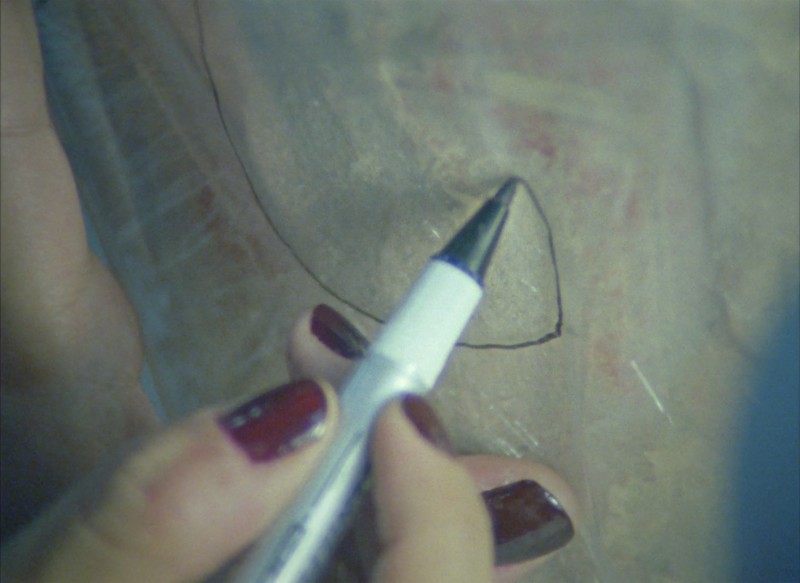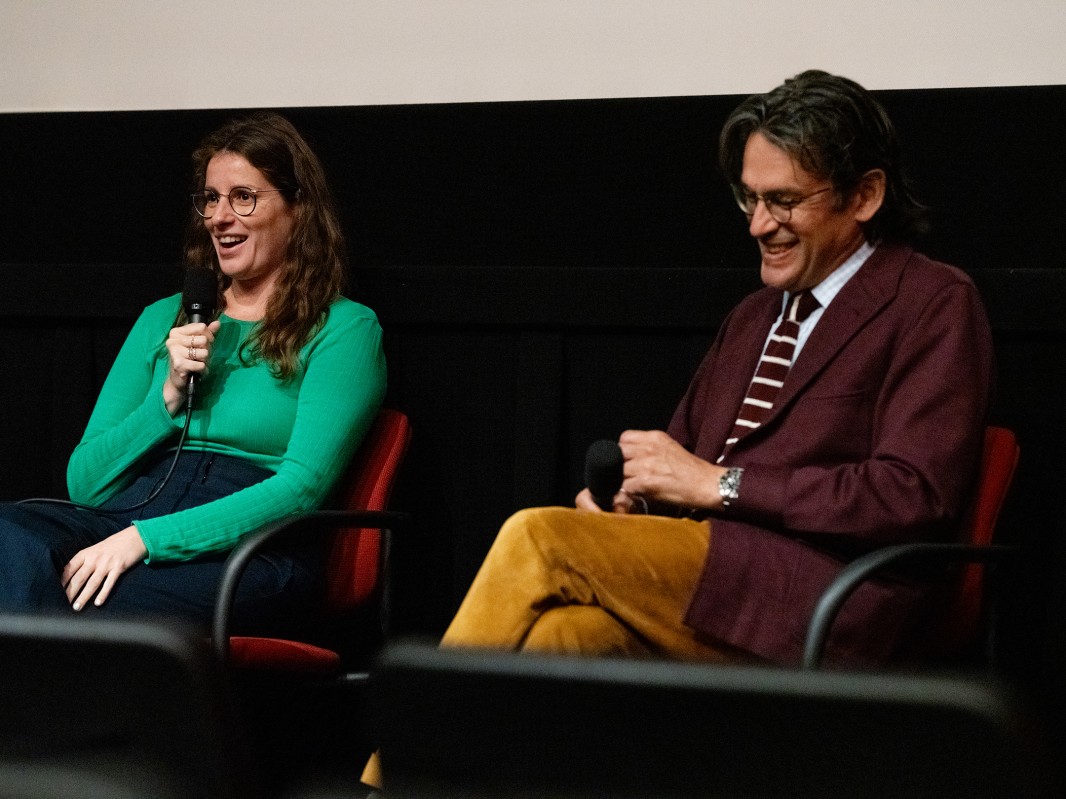
Those That, at a Distance, Resemble Another
$15 Special Event Tickets
UK/Argentina/Spain, 2019, DCP, color, 67 min.
Spanish, Portuguese and English with English subtitles.
DCP source: Filmmaker
A meditation on the art and craft of conservation as a creative process, Jessica Sarah Rinland’s poetic documentary Those That, at a Distance, Resemble Another follows the painstaking creation of a museum-quality replica of a historic elephant tusk. Observing closely the hands and tools of conservators, and the filmmaker herself, the film effectively defamiliarizes the ritualistic and technical work of conservators in a number of different museums and laboratories, including the Harvard Art Museums. This is the latest of a number of films Jessica Sarah Rinland has made exploring ecological and epistemological concepts and concerns.
The act of conserving is an attempt to halt a potential end, or to delay death. There is a human necessity to conserve. We clean, we fix, mothers keep their clothes wrapped in plastic bags, Aboriginal Australian communities repaint their rock art from generation to generation, grandmothers pass on stories to their grandchildren, we procreate. Repetition, mimicry, replication are all forms of conserving.
Continuing with the theme of ecological conservation, which has inspired much of my previous work, Those That, at a Distance, Resemble Another also integrates the conservation practice of creating museum replicas. The film explores this human necessity by taking an elephant’s ivory tusk as its protagonist, connecting ecological conservation (poaching leading to endangering of animal species) with museological conservation (use of the animal’s ivory to create and restore objects).
As with most of my films, I collaborated with people across various disciplines, including conservators, anthropologists, museologists, ceramicists, and archaeologists in Brazil, the UK and the USA. They showed and taught me their processes.
The knowledge conservators have of the objects they are conserving and replicating is beyond that of other practitioners. They notice details such as which part of the finger was used by the maker to build the clay away or towards them. When a conservator replicates an object, they are embodying the original artist, studying their intricacies, mimicking their actions to create the nearest possible copy. This understanding requires tactility, care, attention to detail, closeness, repetition and a staring gaze, all emulated in the film through close-ups and detailed sound design.
It may be a coincidence that the majority of people working as conservators across museums are women, but a certain amount of patience and mindful touch is generally associated with what our culture sees as feminine. Although men are seen working as conservators in the film, female labor is central.
As an artist, I was interested in switching roles with the conservator. I became them, replicating the tusk—my painted fingernails performed their process, and my hands mimicked their gestures.
The sound in the film shifts between Foley and animal calls, to synchronized sound of myself conversing with the ceramicist and cinematographer I worked with. Longer flows of storytelling come at the beginning and the end of the film—a parenthesis that points towards the tradition of oral histories – preservation through memory.
These themes of replication and conservation are related to the filmic medium. By filming an object, it is being frozen in time; it is preserved in that state for as long as the film survives. – Jessica Sarah Rinland
After the screening, Jessica Sarah Rinland will be joined in a conversation with HFA Director Haden Guest and Narayan Khandekar, Director of the Straus Center for Conservation and Technical Studies, Harvard Art Museums.











